Back to Courses


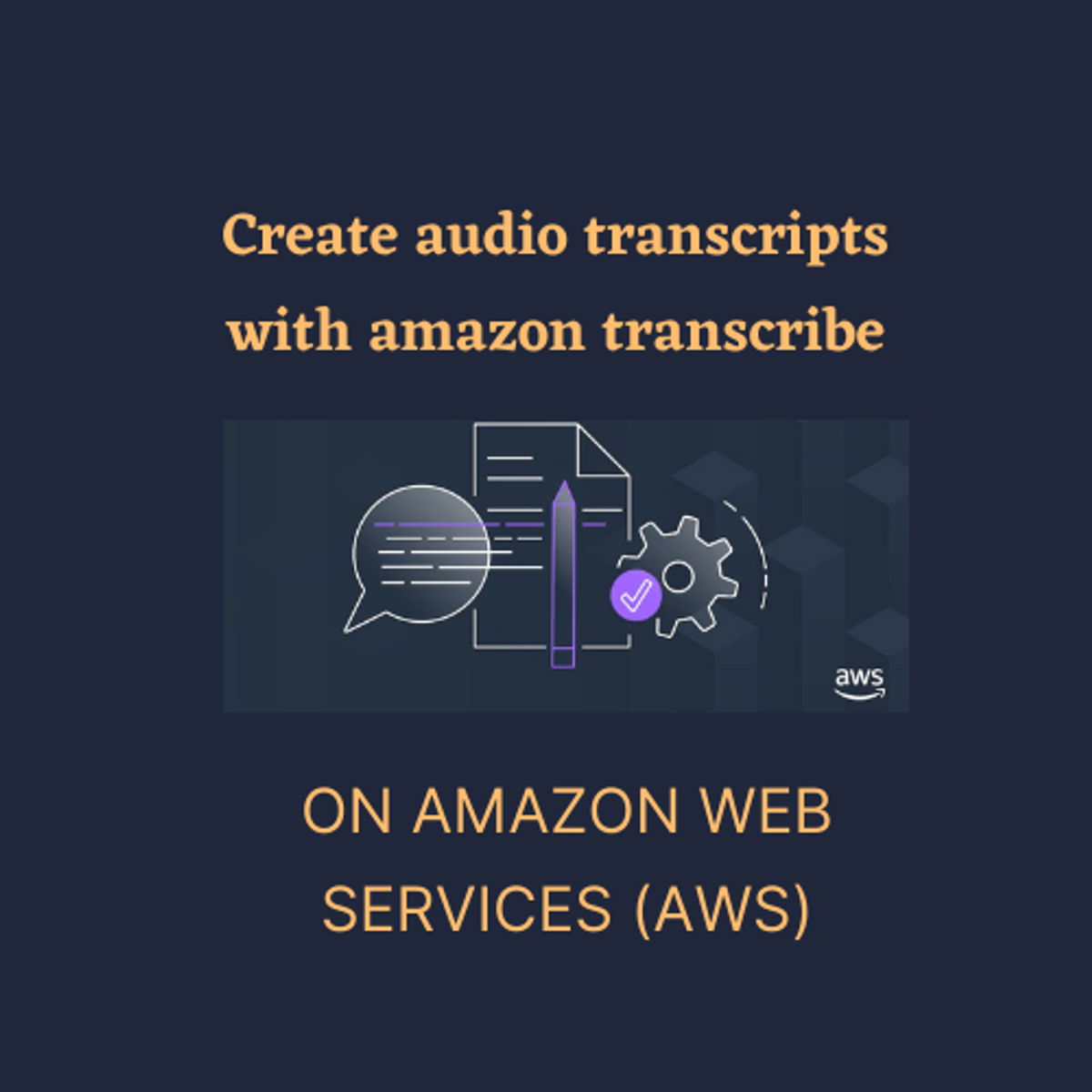
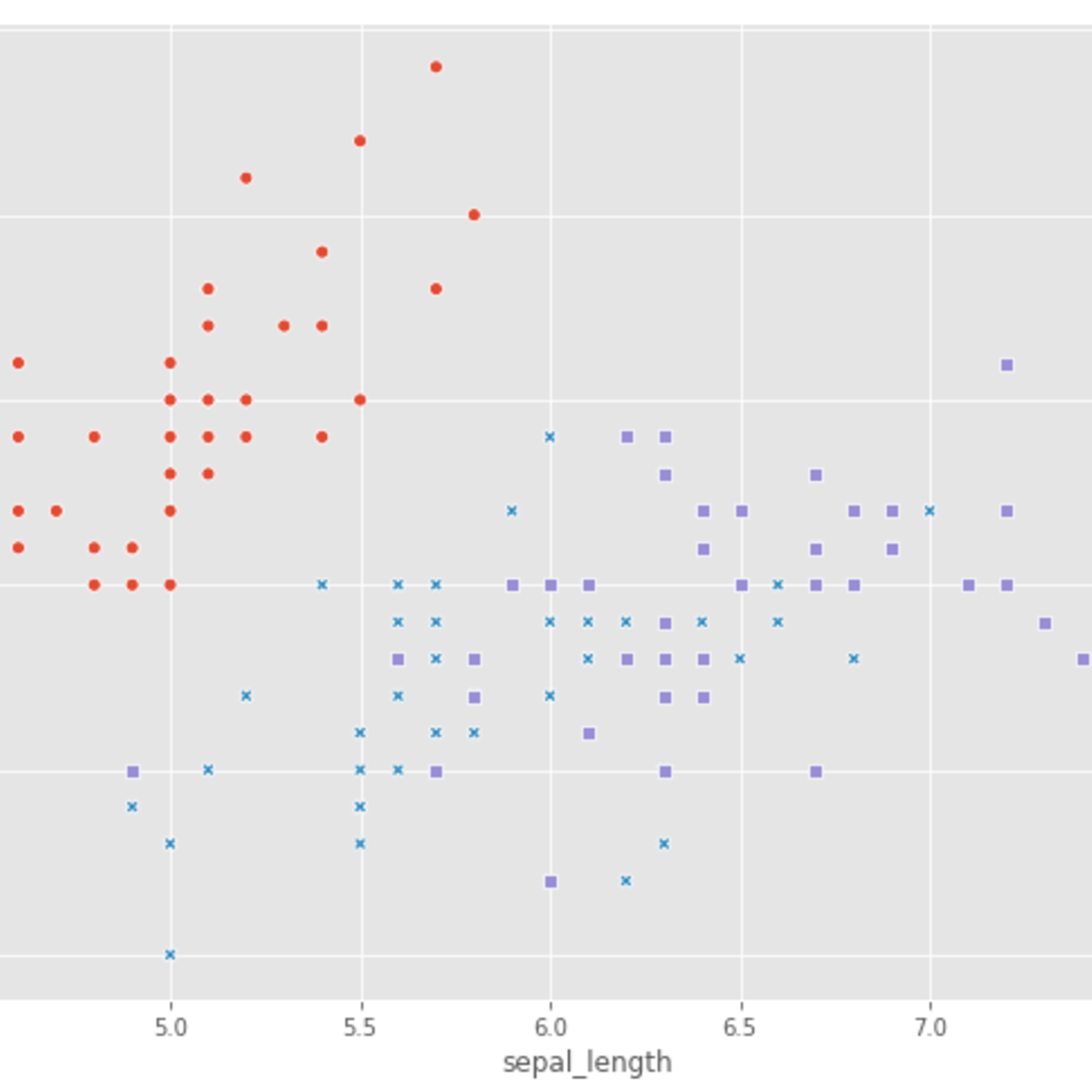
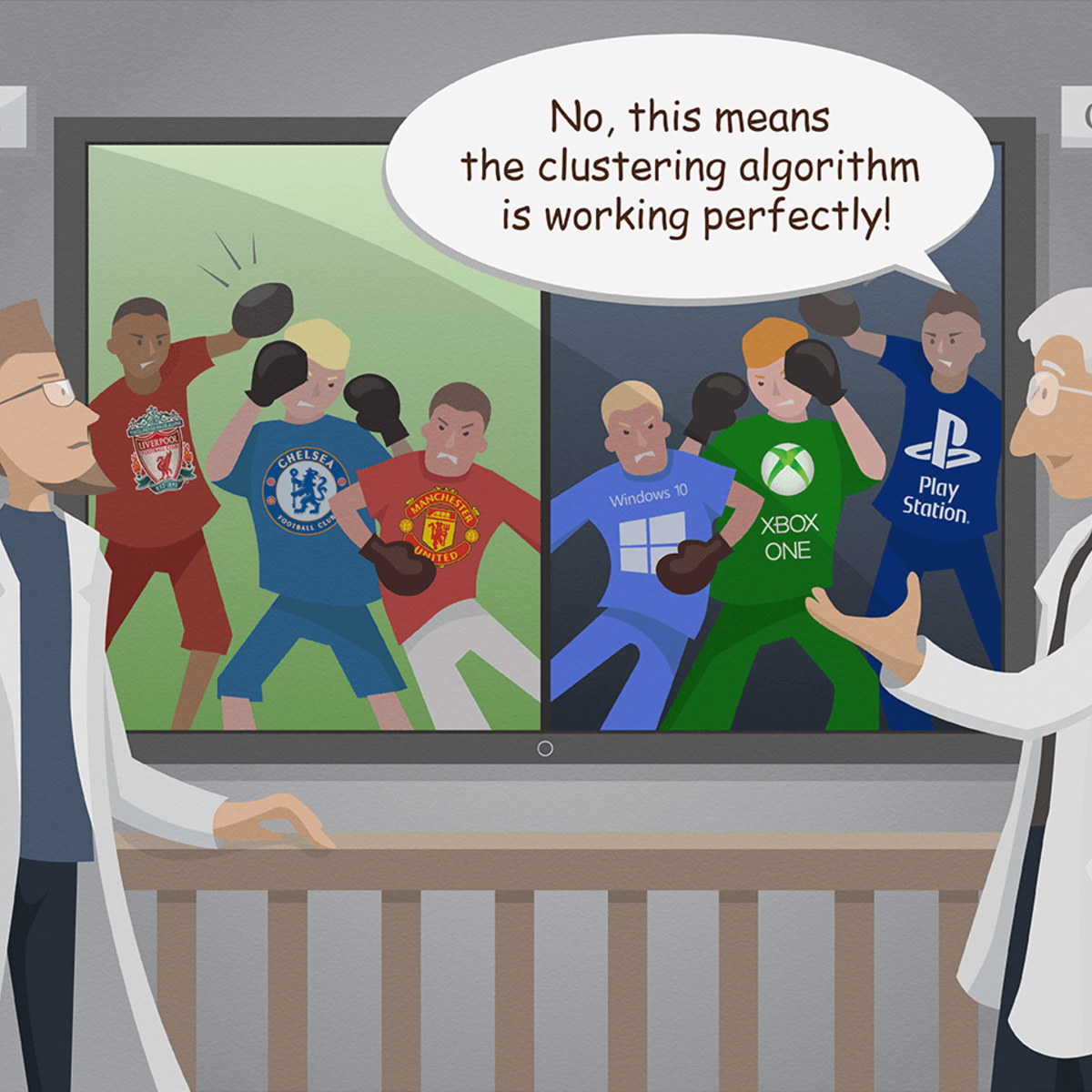
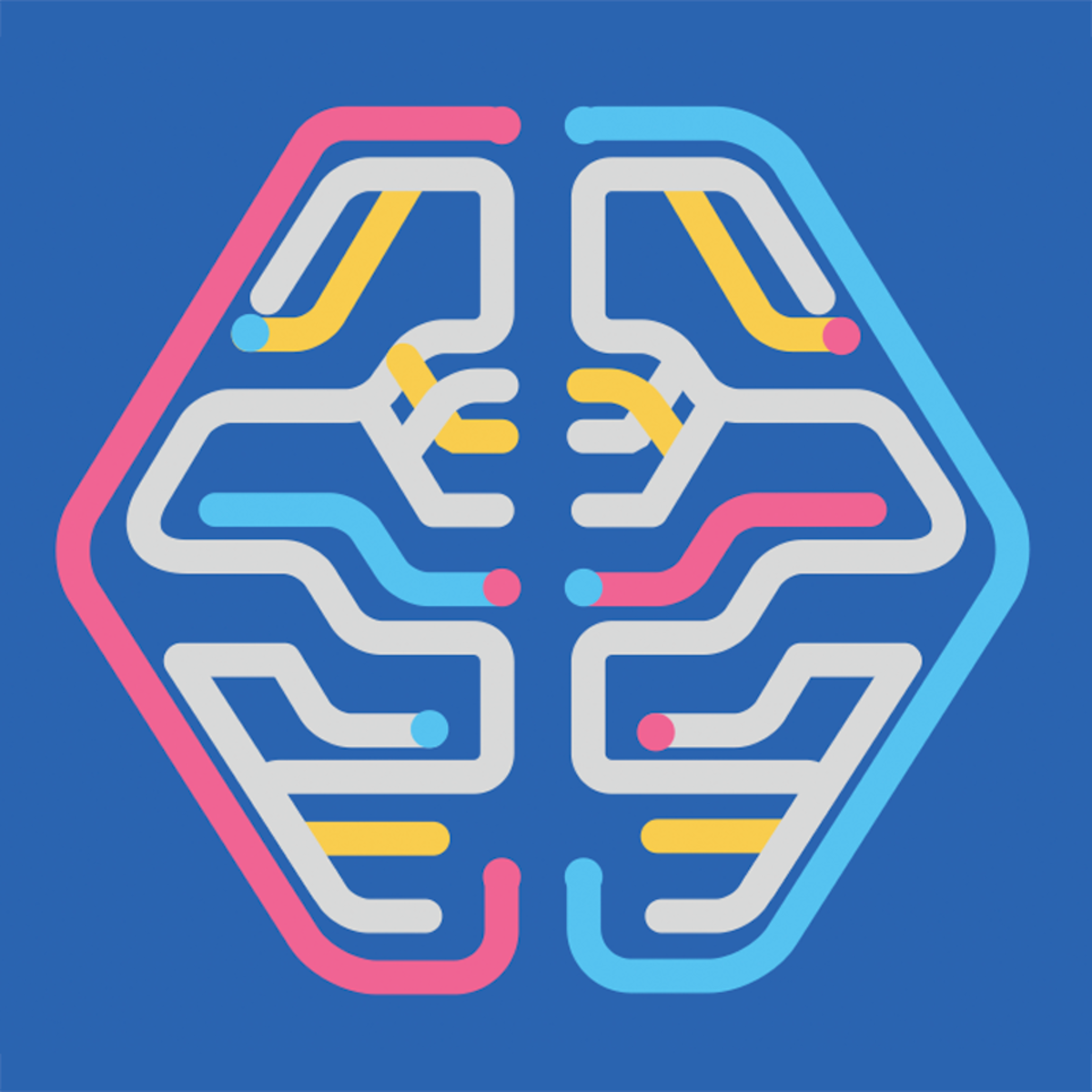

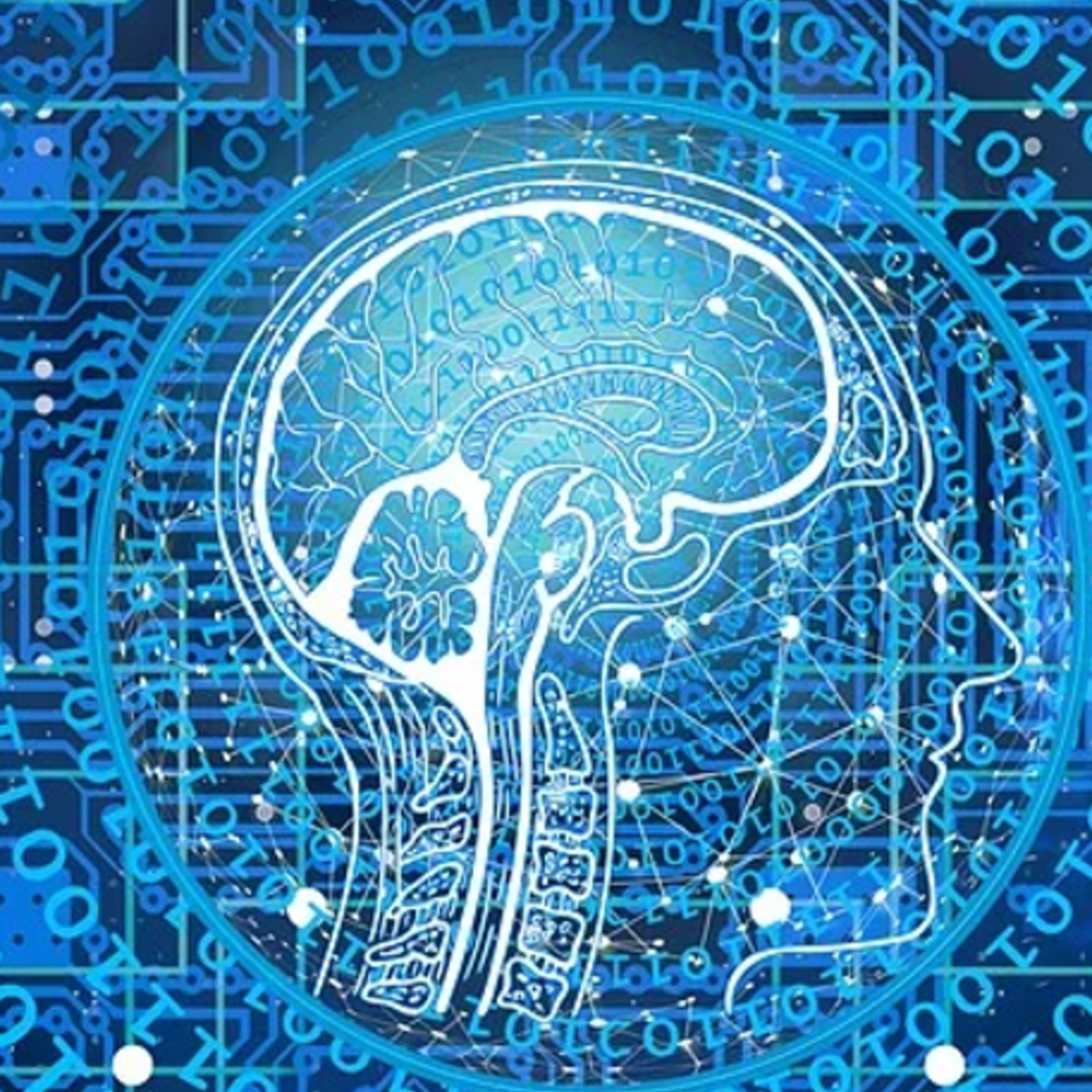
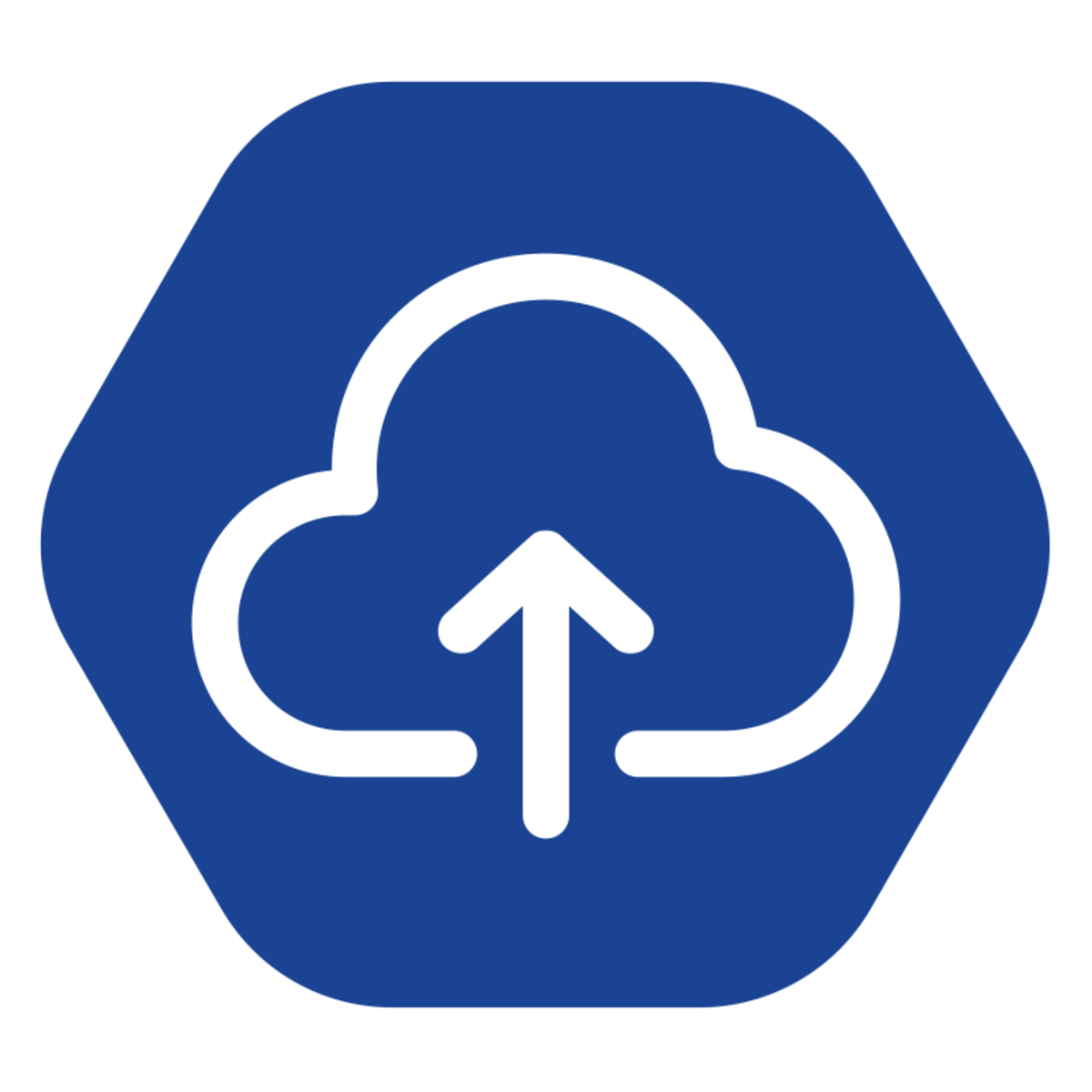
Machine Learning Courses - Page 16
Showing results 151-160 of 485

Emotion AI: Facial Key-points Detection
In this 1-hour long project-based course, you will be able to:
- Understand the theory and intuition behind Deep Learning, Convolutional Neural Networks (CNNs) and Residual Neural Networks.
- Import Key libraries, dataset and visualize images.
- Perform data augmentation to increase the size of the dataset and improve model generalization capability.
- Build a deep learning model based on Convolutional Neural Network and Residual blocks using Keras with Tensorflow 2.0 as a backend.
- Compile and fit Deep Learning model to training data.
- Assess the performance of trained CNN and ensure its generalization using various KPIs.
- Improve network performance using regularization techniques such as dropout.

Computer Vision with Embedded Machine Learning
Computer vision (CV) is a fascinating field of study that attempts to automate the process of assigning meaning to digital images or videos. In other words, we are helping computers see and understand the world around us! A number of machine learning (ML) algorithms and techniques can be used to accomplish CV tasks, and as ML becomes faster and more efficient, we can deploy these techniques to embedded systems.
This course, offered by a partnership among Edge Impulse, OpenMV, Seeed Studio, and the TinyML Foundation, will give you an understanding of how deep learning with neural networks can be used to classify images and detect objects in images and videos. You will have the opportunity to deploy these machine learning models to embedded systems, which is known as embedded machine learning or TinyML.
Familiarity with the Python programming language and basic ML concepts (such as neural networks, training, inference, and evaluation) is advised to understand some topics as well as complete the projects. Some math (reading plots, arithmetic, algebra) is also required for quizzes and projects. If you have not done so already, taking the "Introduction to Embedded Machine Learning" course is recommended.
This course covers the concepts and vocabulary necessary to understand how convolutional neural networks (CNNs) operate, and it covers how to use them to classify images and detect objects. The hands-on projects will give you the opportunity to train your own CNNs and deploy them to a microcontroller and/or single board computer.

Data Wrangling, Analysis and AB Testing with SQL
This course allows you to apply the SQL skills taught in “SQL for Data Science” to four increasingly complex and authentic data science inquiry case studies. We'll learn how to convert timestamps of all types to common formats and perform date/time calculations. We'll select and perform the optimal JOIN for a data science inquiry and clean data within an analysis dataset by deduping, running quality checks, backfilling, and handling nulls. We'll learn how to segment and analyze data per segment using windowing functions and use case statements to execute conditional logic to address a data science inquiry. We'll also describe how to convert a query into a scheduled job and how to insert data into a date partition. Finally, given a predictive analysis need, we'll engineer a feature from raw data using the tools and skills we've built over the course. The real-world application of these skills will give you the framework for performing the analysis of an AB test.

Create audio transcripts with Amazon Transcribe
In this guided project, you will learn how to use Amazon Transcribe to generate your own audio transcripts quickly.

Principal Component Analysis with NumPy
Welcome to this 2 hour long project-based course on Principal Component Analysis with NumPy and Python. In this project, you will do all the machine learning without using any of the popular machine learning libraries such as scikit-learn and statsmodels. The aim of this project and is to implement all the machinery of the various learning algorithms yourself, so you have a deeper understanding of the fundamentals. By the time you complete this project, you will be able to implement and apply PCA from scratch using NumPy in Python, conduct basic exploratory data analysis, and create simple data visualizations with Seaborn and Matplotlib. The prerequisites for this project are prior programming experience in Python and a basic understanding of machine learning theory.
This course runs on Coursera's hands-on project platform called Rhyme. On Rhyme, you do projects in a hands-on manner in your browser. You will get instant access to pre-configured cloud desktops containing all of the software and data you need for the project. Everything is already set up directly in your internet browser so you can just focus on learning. For this project, you’ll get instant access to a cloud desktop with Python, Jupyter, NumPy, and Seaborn pre-installed.

Image Compression with K-Means Clustering
In this project, you will apply the k-means clustering unsupervised learning algorithm using scikit-learn and Python to build an image compression application with interactive controls. By the end of this 45-minute long project, you will be competent in pre-processing high-resolution image data for k-means clustering, conducting basic exploratory data analysis (EDA) and data visualization, applying a computationally time-efficient implementation of the k-means algorithm, Mini-Batch K-Means, to compress images, and leverage the Jupyter widgets library to build interactive GUI components to select images from a drop-down list and pick values of k using a slider.
This course runs on Coursera's hands-on project platform called Rhyme. On Rhyme, you do projects in a hands-on manner in your browser. You will get instant access to pre-configured cloud desktops containing all of the software and data you need for the project. Everything is already set up directly in your internet browser so you can just focus on learning. For this project, you’ll get instant access to a cloud desktop with Python, Jupyter, and scikit-learn pre-installed.
Notes:
- You will be able to access the cloud desktop 5 times. However, you will be able to access instructions videos as many times as you want.
- This course works best for learners who are based in the North America region. We’re currently working on providing the same experience in other regions.

How Google does Machine Learning
What are best practices for implementing machine learning on Google Cloud? What is Vertex AI and how can you use the platform to quickly build, train, and deploy AutoML machine learning models without writing a single line of code? What is machine learning, and what kinds of problems can it solve?
Google thinks about machine learning slightly differently: it’s about providing a unified platform for managed datasets, a feature store, a way to build, train, and deploy machine learning models without writing a single line of code, providing the ability to label data, create Workbench notebooks using frameworks such as TensorFlow, SciKit Learn, Pytorch, R, and others. Our Vertex AI Platform also includes the ability to train custom models, build component pipelines, and perform both online and batch predictions. We also discuss the five phases of converting a candidate use case to be driven by machine learning, and consider why it is important to not skip the phases. We end with a recognition of the biases that machine learning can amplify and how to recognize them.

Automatic Machine Learning with H2O AutoML and Python
This is a hands-on, guided project on Automatic Machine Learning with H2O AutoML and Python. By the end of this project, you will be able to describe what AutoML is and apply automatic machine learning to a business analytics problem with the H2O AutoML interface in Python. H2O's AutoML automates the process of training and tuning a large selection of models, allowing the user to focus on other aspects of the data science and machine learning pipeline such as data pre-processing, feature engineering and model deployment.
To successfully complete the project, we recommend that you have prior experience in Python programming, basic machine learning theory, and have trained ML models with a library such as scikit-learn. We will not be exploring how any particular model works nor dive into the math behind them. Instead, we assume you have this foundational knowledge and want to learn to use H2O's AutoML interface for automatic machine learning.
Note: This course works best for learners who are based in the North America region. We’re currently working on providing the same experience in other regions.

Unsupervised Machine Learning
This course introduces you to one of the main types of Machine Learning: Unsupervised Learning. You will learn how to find insights from data sets that do not have a target or labeled variable. You will learn several clustering and dimension reduction algorithms for unsupervised learning as well as how to select the algorithm that best suits your data. The hands-on section of this course focuses on using best practices for unsupervised learning.
By the end of this course you should be able to:
Explain the kinds of problems suitable for Unsupervised Learning approaches
Explain the curse of dimensionality, and how it makes clustering difficult with many features
Describe and use common clustering and dimensionality-reduction algorithms
Try clustering points where appropriate, compare the performance of per-cluster models
Understand metrics relevant for characterizing clusters
Who should take this course?
This course targets aspiring data scientists interested in acquiring hands-on experience with Unsupervised Machine Learning techniques in a business setting.
What skills should you have?
To make the most out of this course, you should have familiarity with programming on a Python development environment, as well as fundamental understanding of Data Cleaning, Exploratory Data Analysis, Calculus, Linear Algebra, Probability, and Statistics.

Developing AI Applications on Azure
This course introduces the concepts of Artificial Intelligence and Machine learning. We'll discuss machine learning types and tasks, and machine learning algorithms. You'll explore Python as a popular programming language for machine learning solutions, including using some scientific ecosystem packages which will help you implement machine learning.
Next, this course introduces the machine learning tools available in Microsoft Azure. We'll review standardized approaches to data analytics and you'll receive specific guidance on Microsoft's Team Data Science Approach. As you go through the course, we'll introduce you to Microsoft's pre-trained and managed machine learning offered as REST API's in their suite of cognitive services. We'll implement solutions using the computer vision API and the facial recognition API, and we'll do sentiment analysis by calling the natural language service.
Using the Azure Machine Learning Service you'll create and use an Azure Machine Learning Worksace.Then you'll train your own model, and you'll deploy and test your model in the cloud. Throughout the course you will perform hands-on exercises to practice your new AI skills. By the end of this course, you will be able to create, implement and deploy machine learning models.
Popular Internships and Jobs by Categories
Find Jobs & Internships
Browse
© 2024 BoostGrad | All rights reserved